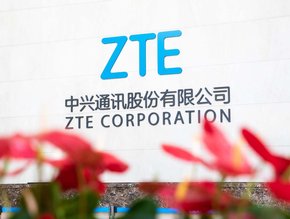EE's 4G/5G small-cell networks Wimbledon tennis move

Mobile network operator EE has upgraded its network to support both residents and tennis fans before July's Wimbledon Championships.
Included in the updates are a new small-cell system and other additional upgrades to existing sites in efforts to support the 500,000 visitors expected in the London town for the tournament.
EE’s small cells are expected to minimise congestion in the busiest areas and aim to ensure that customers continue to benefit from the speed and reliability of the network’s services. This includes enhanced 4G mobile connectivity via 17 existing 4G and 5G sites.
EE has worked closely with Nokia to deploy the solutions, which uses its licenced 1800MHz and 2600Mhz spectrum to deliver standout capacity and speeds of up to 300Mbps.
Greg McCall, Chief Networks Officer for BT Group said: “We’re delighted to be working with Nokia to bring enhanced 4G mobile capacity to Wimbledon.
“With over half a million visitors expected over the course of two weeks in July, our new small cell deployments will alleviate congestion and ensure that EE customers continue to benefit from the speed, reliability and accessibility of London’s best mobile network.”
Wimbledon needs high speed-&-capacity mobile network
Wimbledon is the oldest and most prestigious tennis tournament in the world. It attracts hundreds of thousands of visitors and tourists to the Greater London town every year, meaning high need for high-capacity and high-speed mobile connectivity.
Small cells are street-level mobile masts, deployed to support capacity in busy locations where it is impractical to build larger sites. In Wimbledon, EE’s small cells are located to support all year-round coverage for customers visiting the sporting venue.
This installation is part of EE’s wider commitment to delivering the best capacity and speeds. More than 600 of these are now in place across the UK in major towns and cities, as well as tourism hotspots.
Advanced network analytics are in place to help identify where the sites are required, with EE often using already existing street furniture such as BT’s red telephone boxes to install small cells.
Trials and tests are currently ongoing to ensure that all of the new sites have the capacity to be upgraded to accommodate EE’s 5G network in the future.
Competitive operators, such as O2, also have similar deployments ongoing in other locations. In March 2023, both O2 and Vodafone continued to expand their 4G networks in Scotland with new installations in rural communities.






